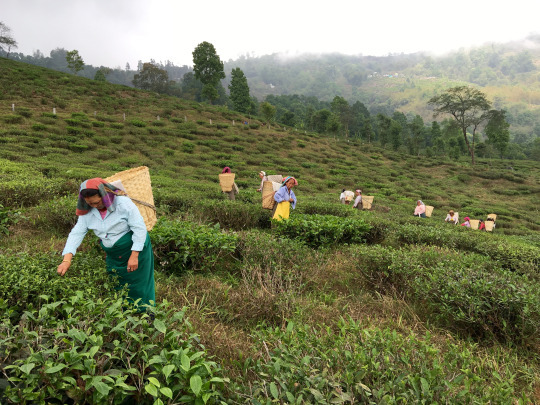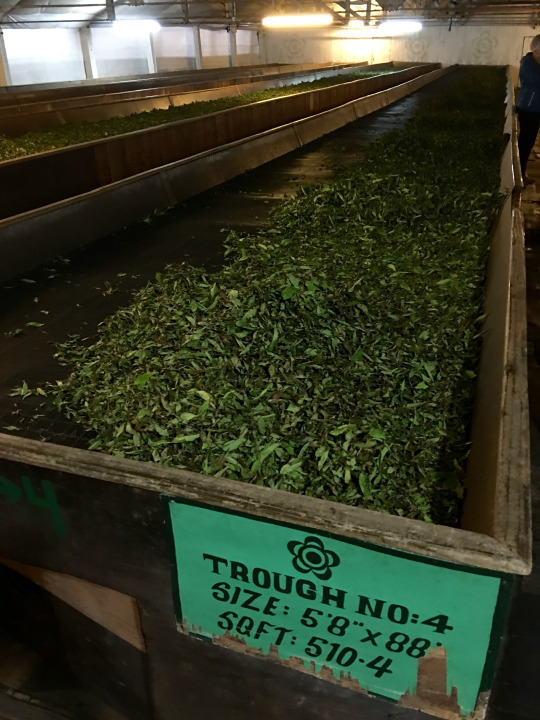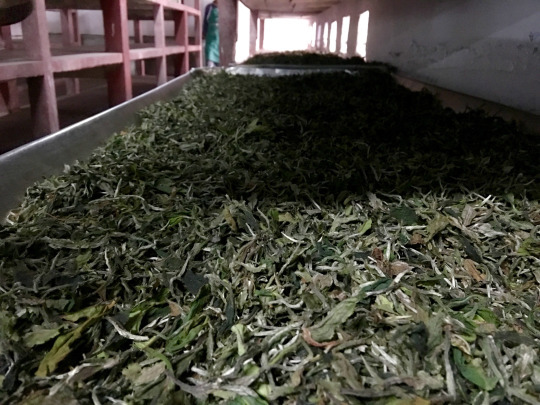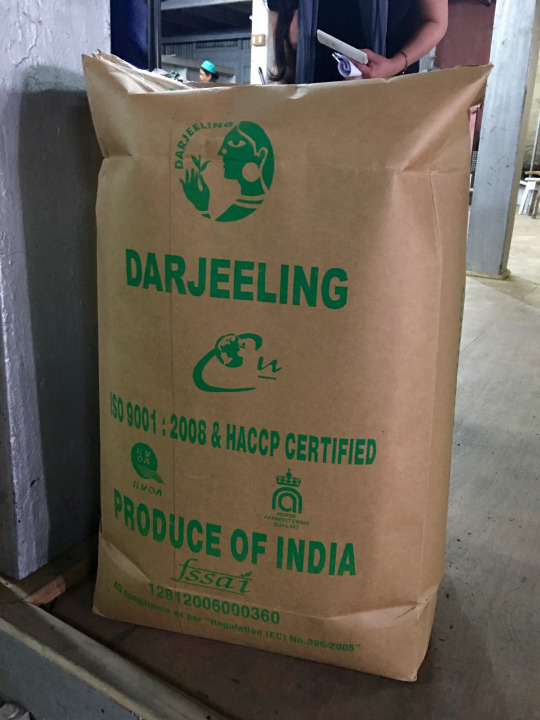To Darjeeling and back
Text and photos by Del Tamborini
Have you ever wondered about the journey tea leaves take to get to our cups?
From
the moment the leaves are plucked off the bush, until they reach us in
tidy little packages ready for consumption, many different steps have to
be followed exactly right to ensure the highest quality tea is
produced.
On a recent trip to Darjeeling, India’s Makaibari Tea
Estate, we were fortunate to be invited to experience the intricate and
fascinating tea production process.
Darjeeling tea is frequently
called the ‘Champagne of Tea’, for its refinement and delicate
complexity. Furthermore, like Champagne, Darjeeling is a ‘controlled
appellation’, meaning only tea produced in Darjeeling can legally bear
that region’s name.
Although some of the distinctiveness of
Darjeeling tea can be attributed to terroir – a particular combination
of soil, precipitation, sunlight, and other factors that contribute to
the unique character of a given tea – the chain of events starting from
the plucking of the leaf is equally important in creating the tea
masterpieces for which Darjeeling is renowned.

The
proper pluck is essential for making a high-quality tea. While plucks
vary depending on the tea to be manufactured, the ‘classic’ pluck is two
leaves and one bud. (The workers pictured are selecting exactly this
pluck.) Plucking is labour-intensive and challenging. It must be done
with great speed but also a high level of discernment – care must be
taken to select leaves of the proper size and age, and to maintain the
integrity of the leaf during the plucking. In many tea countries, tea
plucking staffs are composed almost exclusively of women, as they
possess a degree of manual dexterity men often lack.
Following
the pluck, the leaves are gathered in large bamboo baskets and returned
en masse to the estate’s central tea factory, where they undergo further
processing.
The next step is withering, done in long, shallow
troughs, to reduce the moisture content of the leaves and make them more
pliable.

After the wither,
the remainder of the process varies according to the particular type of
tea being produced, but for black teas – the bulk of Darjeeling teas
produced – the next step is rolling. This step’s purpose to break the
cell walls of the leaf and enable the leaf to oxidize, and it is a
heavily mechanized process – the rolling machines we saw were nearing a
hundred years old, from the British colonial period!

Once
the rolling is done, the oxidation process begins. The rolled leaves
are placed on shallow metal trays to allow maximum exposure of the
leaves to oxygen, and left there until they have oxidized to a
predetermined level. The leaves are now nearly finished!

After
oxidation, the leaves still retain a significant amount of moisture, so
to make sure they don’t become mouldy during their journey to us, they
are placed into enormous electric dryers. The dryers
reduce the leaves’ moisture content to 2-3% (any lower and the leaves
would become too brittle and break), at which point they’re removed and
immediately packaged in large paper sacks.

These
sacks are then sent to your favourite tea retailer, where they’re
broken down into smaller packages. Finally, the leaves make it to you
(hooray!) to fulfill their ultimate purpose – to provide you a delicious
cup of tea!
